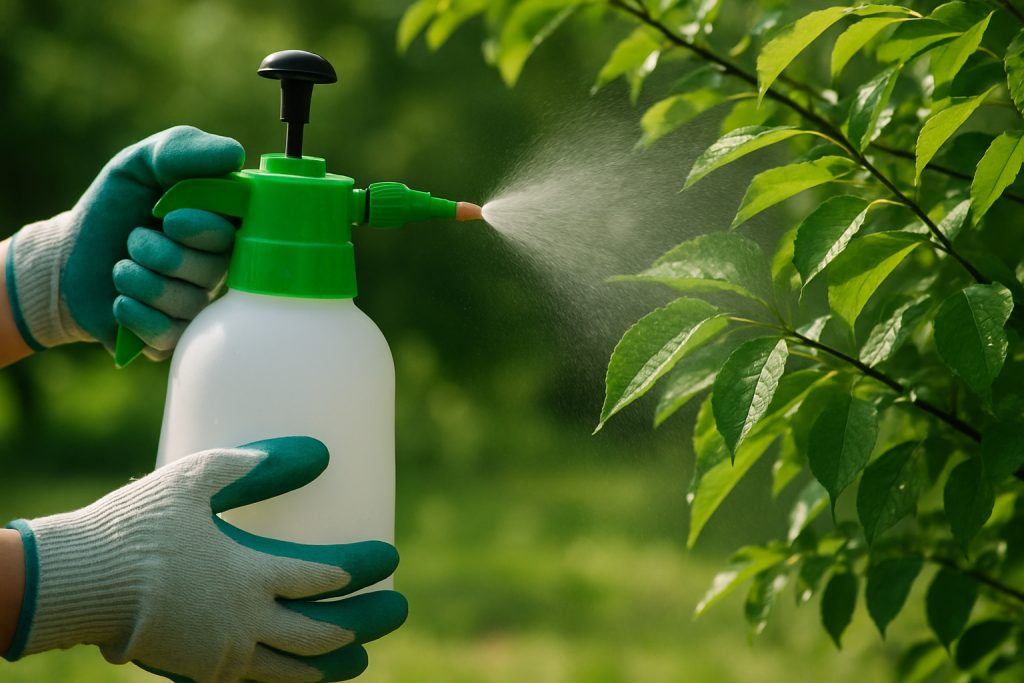Protect What Grows: Expert Tree Disease Treatment in Port Penn, DE
When the trees on your property start to show signs of decline, it’s more than just an eyesore—it’s a warning. In Port Penn, DE, where the landscape blends riverfront views with densely rooted woodlands, trees play a vital role in property value, privacy, and ecosystem balance. But the same natural beauty that defines the area can also hide a silent threat. Fungal infections, bacterial pathogens, insect invasions, and environmental stressors can all weaken your trees from the inside out. When ignored, these issues lead to costly damage or permanent loss. That’s where professional tree disease treatment makes all the difference—restoring not just appearance, but resilience and health.
Understanding the Root Cause in Port Penn’s Unique Environment
Coastal towns like Port Penn present a distinct set of tree health challenges. The soil here often retains excess moisture due to the proximity to marshland and tidal activity, creating the perfect conditions for root rot, mildew, and other moisture-loving pathogens. Trees exposed to periodic flooding or brackish water may suffer nutrient imbalances or salinity stress that weaken their immune response. Add in the seasonal temperature swings of the Mid-Atlantic and the presence of invasive species like emerald ash borers or ambrosia beetles, and the risks compound quickly.
Effective disease treatment begins by addressing these localized factors. Generic treatments won’t work here—Port Penn trees require assessments that are tailored to the local climate, soil profile, and native species mix. That’s why a deep understanding of the area’s natural rhythm is key to building a successful recovery plan.
What to Expect from a Tree Disease Evaluation
A proper tree disease evaluation goes far beyond a quick visual once-over. When you work with certified professionals, the process is holistic and investigative. Expect an on-site visit that includes an inspection of leaf structure, bark texture, trunk condition, root exposure, and canopy density. In some cases, samples may be collected for laboratory testing to accurately identify fungal spores, bacterial cultures, or insect larvae.
Equally important is the examination of surrounding site conditions. This includes checking for compacted soil that restricts root oxygenation, evaluating water runoff patterns, and testing nutrient availability in the soil. All of these components can influence a tree’s susceptibility to disease and determine how well it will respond to treatment.
Types of Tree Diseases Commonly Found in Delaware
The Port Penn area frequently sees a variety of both native and imported tree diseases. Fungal issues like anthracnose and verticillium wilt are common in maples, oaks, and sycamores. Pine trees may be at risk for needle cast diseases, while fruit-bearing species such as crabapples or cherries can struggle with bacterial blight or fire blight. Insect-related problems often stem from boring pests that carry disease pathogens as they tunnel, compounding the damage over time.
If your trees are dropping leaves too early, have peeling bark, ooze sap, or develop oddly shaped growths or discolorations, it’s likely a disease is present. These signs rarely improve on their own—delayed treatment often means more aggressive action is needed later, or even full removal.
Sustainable Treatment Plans Rooted in Science
The best tree disease treatments are not just reactive—they’re strategic and preventative. Depending on the diagnosis, treatment plans may include selective pruning to remove infected limbs, soil amendments to improve nutrient flow, systemic injections to boost immunity, or targeted applications of fungicides or insecticides.
Importantly, all treatment methods should consider the long-term health of the tree and the surrounding landscape. A responsible tree care provider will balance efficacy with environmental sensitivity, using techniques that minimize runoff and protect beneficial organisms in the soil.
Additionally, follow-up care plays a crucial role in full recovery. Trees that have been weakened by disease may need seasonal monitoring, slow-release fertilizers, or changes in watering practices to regain strength. Building resilience is as much about nurturing the environment as it is about curing the disease.
Tips for Homeowners in Port Penn
To help your trees stay healthy and reduce the risk of disease, consider these region-specific care practices:
-
Avoid overwatering—Port Penn’s soil retains moisture, and excess water can lead to root diseases.
-
Schedule regular inspections, especially after periods of heavy rain or flooding.
-
Keep mulch from touching the base of the tree trunk to reduce the chance of fungal invasion.
-
Choose native or disease-resistant species when planting new trees on your property.
-
Watch for changes in foliage, bark, or growth patterns—even subtle differences can indicate a developing issue.
Restore the Strength and Beauty of Your Trees—Before It’s Too Late
Tree disease doesn’t resolve itself—it either advances or is addressed. In the delicate environment of Port Penn, delaying treatment can mean the difference between restoration and removal. Choosing a professional tree care service ensures you don’t just mask symptoms—you eliminate the source of the problem and give your trees the best chance to thrive again.
If you’ve spotted signs of decline or simply want to ensure your trees are protected for seasons to come, now is the time to act. Reach out today to schedule a consultation and reserve your treatment date. Whether you call or fill out our contact form, your path to healthier trees begins with that first step—and we’re ready when you are.


